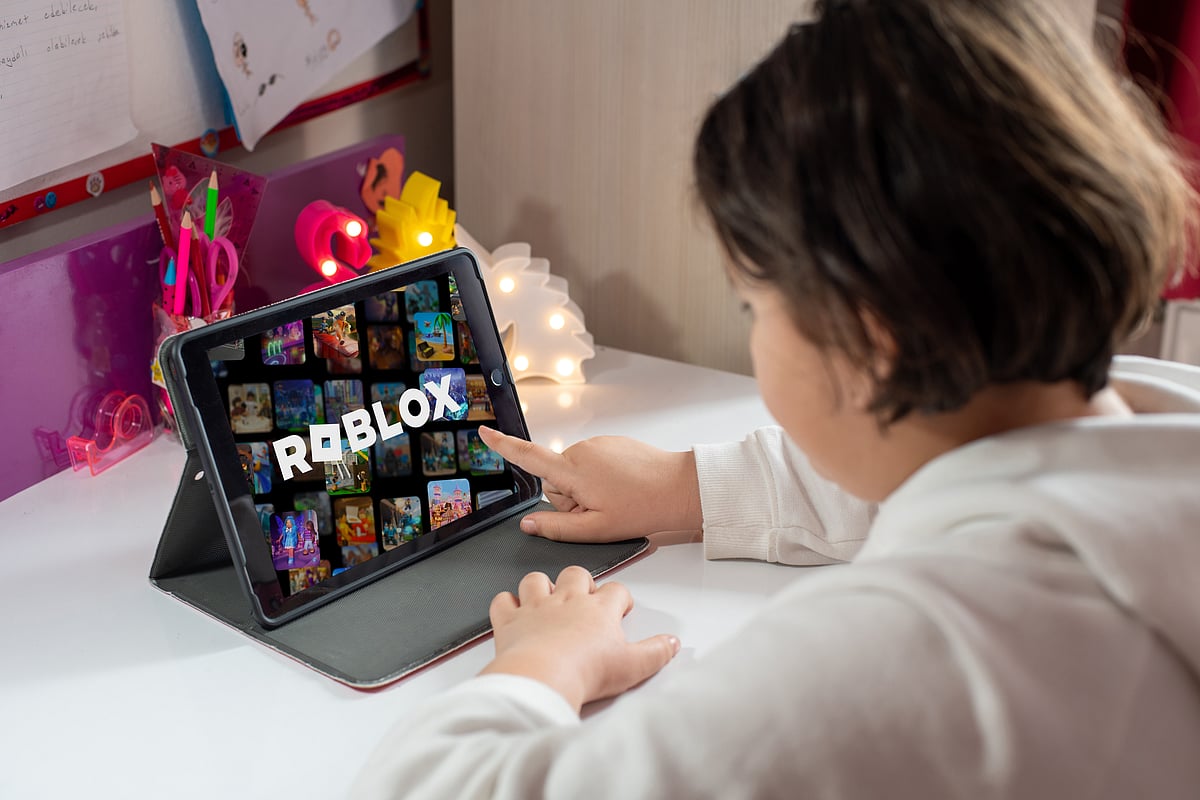Parenting in the Roblox Era: Balancing Safety and Fun
In today’s digital landscape, platforms like Roblox have transformed how children play and interact online. While these virtual worlds offer creativity and community, they also present unique challenges for parents. Understanding how to guide children through these experiences is crucial for fostering a safe and enjoyable gaming environment.
The Roblox Experience: A Double-Edged Sword
Roblox is not just a single game; it is a vast universe of user-generated content, featuring over 11 million experiences. Children can engage in a variety of activities, from delivering pizzas to participating in obstacle courses and even virtual fashion shows. In 2024, players collectively spent an astonishing 73.5 billion hours in this expansive metaverse, highlighting its popularity among young users.
While Roblox serves as a platform for creativity and learning, allowing children to develop coding skills and design their own games, it also raises concerns about safety. The potential for exposure to explicit content and interactions with strangers can be alarming for parents. Therefore, the question arises: can the benefits of creativity and community outweigh the inherent risks?
The Parent’s Dilemma: Protection vs. Participation
Many parents find themselves grappling with the balance between protecting their children and allowing them to engage in digital spaces. Claire Holland, a mother from Abu Dhabi, faced this challenge firsthand when her eight-year-old son encountered bullying while playing online. After witnessing his aggressive behavior in response to online challenges, she decided to ban him from gaming altogether. However, this led to withdrawal and resentment, prompting her to reconsider her approach.
Holland’s experience reflects a broader uncertainty among parents about how to navigate their children’s online interactions. The invisible nature of online bullies can make it difficult to address these issues effectively. As children engage in these virtual worlds, parents must find ways to support them while also teaching responsible behavior.
Coaching for Digital Responsibility
Experts emphasize that monitoring alone is insufficient for ensuring children’s safety online. Sarah Maamari, a psychologist specializing in children and adolescents, advocates for a coaching approach rather than a policing one. This involves fostering ongoing conversations about online experiences, encouraging children to share their feelings, and exploring the reliability of content together.
Maamari suggests establishing digital house rules collaboratively, focusing on the reasoning behind these guidelines rather than imposing strict limits. For instance, instead of merely restricting screen time, parents should discuss the importance of balance and help children recognize how their mood may change after extended online sessions.
Key Principles for Online Safety
To effectively guide children in navigating the digital landscape, parents can introduce three foundational principles:
1. **Respect**: Encourage children to treat others online as they would in real life. 2. **Boundaries**: Help them understand that not all online spaces are safe, and it’s okay to disengage from uncomfortable situations. 3. **Feelings as Signals**: Teach children to recognize and communicate feelings of unease or pressure to a trusted adult.
Maamari emphasizes that children learn best in a supportive environment. By framing the internet as a neighborhood with both safe areas and risky alleys, parents can help children develop a nuanced understanding of online interactions.
Practical Strategies for Teaching Online Safety
To reinforce lessons about online safety, parents can engage in role-playing scenarios that teach children how to respond to potential red flags. For example, they can practice identifying requests for personal information, recognizing unrealistic offers, and discussing feelings of discomfort. This proactive approach not only prepares children for real-life situations but also fosters open communication.
Additionally, incorporating fun learning tools can enhance children’s understanding of online safety. Interactive apps like Google’s Interland and resources like Digi Duck stories make these lessons engaging and accessible for younger audiences.
Perspectives from Parents in the UAE
Opinions among parents in the UAE vary regarding their children’s online gaming experiences. Some, like Aatrayee Gopinath, prefer to keep their children away from online gaming until they reach the age of 12, opting for supervised play of basic games. Gopinath expresses concerns about the potential dangers posed by online communities.
Conversely, parents like Lavanya Munish have initiated conversations with their children about gaming, especially after experiencing bullying. Munish emphasizes the importance of addressing these issues proactively to mitigate the stress associated with invisible bullies.
Timing and Approach for Conversations
Experts suggest that the best time to discuss online safety is before children encounter challenges. Parents should explain what bullying and hate speech look like online, using clear examples to foster understanding. Teaching empathy by discussing the impact of words, even in digital spaces, can help children navigate online interactions more thoughtfully.
Ultimately, parents serve as powerful role models for their children. By demonstrating healthy screen habits—such as limiting their own screen time and prioritizing real-world connections—they can effectively influence their children’s digital behaviors.
Conclusion
As children navigate the complexities of online gaming platforms like Roblox, parents face the challenge of balancing protection with participation. By fostering open communication, establishing clear guidelines, and teaching responsible online behavior, parents can help their children thrive in the digital landscape. The goal is not to instill fear but to equip children with the skills and awareness needed to navigate the internet safely and positively.
FAQs
What are the main risks associated with Roblox?
Roblox poses risks such as exposure to explicit content and interactions with strangers, which can lead to bullying or inappropriate behavior.
How can parents effectively monitor their child’s online activity?
Parents can monitor their child’s online activity by setting clear guidelines, engaging in open conversations about their experiences, and using parental controls to limit exposure to harmful content.
What strategies can help children feel safe discussing online issues?
Encouraging open dialogue, role-playing scenarios, and reassuring children that they won’t be punished for sharing concerns can create a supportive environment for discussing online issues.
Also Read:
Winter Camping Guidelines and Safety Tips for UAE







